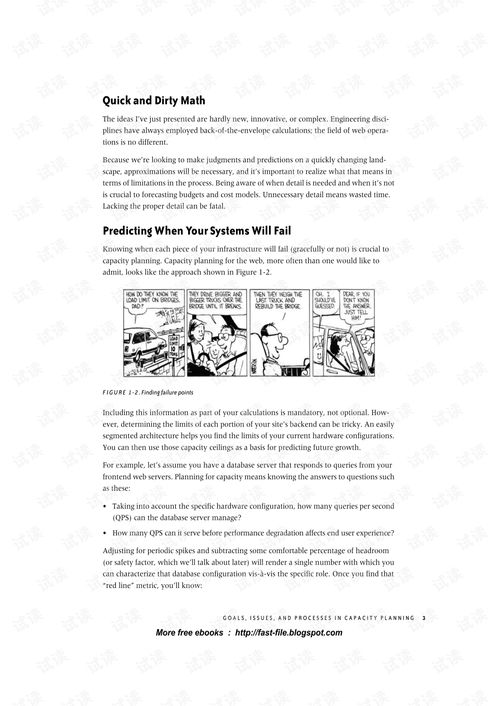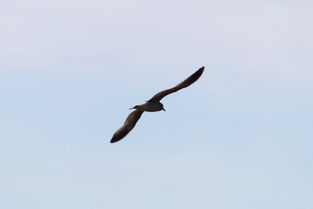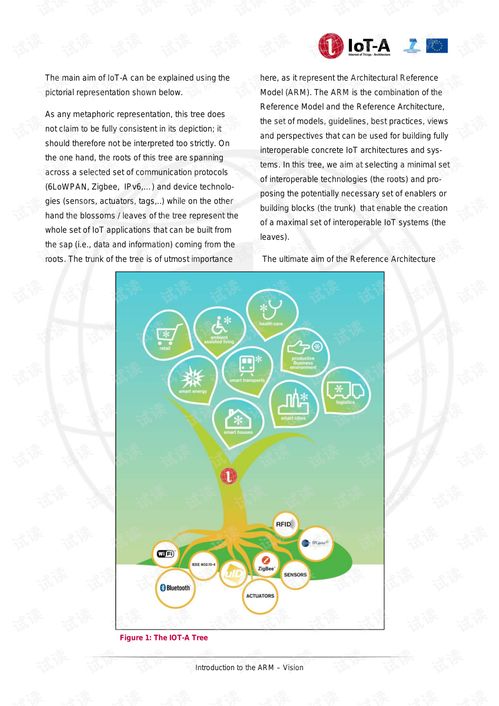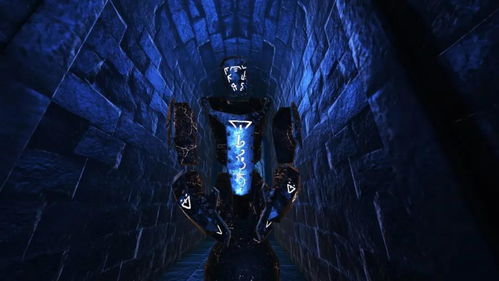Content:
Introduction: Bobber fishing, also known as float fishing, is a popular and effective method for catching fish. Whether you're a seasoned angler or a beginner looking to expand your fishing skills, learning how to cast a bobber effectively can greatly enhance your chances of success. In this article, we will delve into the art of bobber fishing, providing you with essential tips and techniques to help you master this fishing technique.
Understanding the Bobber: Before you start, it's crucial to understand the bobber. A bobber is a floating device that helps you detect when a fish is biting. It comes in various shapes, sizes, and materials, such as plastic, wood, or foam. The choice of bobber depends on factors like water conditions, fish species, and personal preference.
Choosing the Right Equipment: To begin, you'll need the following equipment:
- A rod: Choose a rod that is suitable for your fishing style and the type of fish you're targeting. A medium-action rod is often recommended for beginners.
- A reel: A spinning reel is a popular choice for bobber fishing, as it allows for smooth casting and retrieving.
- Line: Use a monofilament line that is appropriate for the fish you're targeting. The line thickness should be between 4 to 10 pounds, depending on the species.
- Bobber: Select a bobber that is suitable for the depth you want to fish at and the type of fish you're targeting.
- Hooks: Choose the right size and type of hook based on the fish species and bait you plan to use.
Casting the Bobber: Now that you have your equipment ready, it's time to learn how to cast the bobber effectively. Here are some key steps to follow:
a. Hold the rod: Grip the rod with both hands, keeping it at a comfortable angle. Your thumb should be on the reel, while your index and middle fingers should be on the rod handle.
b. Load the line: Wind the line around the rod's guides until you have enough line to cast. Keep the line tight to ensure a smooth cast.

c. Position the bobber: Attach the bobber to the line, making sure it is at the desired depth. The bobber should be close to the hook, allowing it to move freely.
d. Cast: Start by lifting the rod back, then sweep it forward with a smooth, continuous motion. Release the line as the rod reaches the end of its arc. The weight of the bobber will help the line and bait land softly on the water.
Adjusting the Bobber: As you fish, you may need to adjust the bobber's position to account for wind, current, and water depth. Here's how to do it:
a. To increase the depth, add more weight to the line above the bobber. b. To decrease the depth, remove some weight or lower the bobber closer to the hook. c. To compensate for wind, position the bobber at a perpendicular angle to the wind.
Reading the Bobber: One of the key skills in bobber fishing is being able to read the bobber's movements. Here are some common signs to look out for:
a. Sudden movement: If the bobber moves suddenly, it could indicate a fish has taken the bait. b. Submerged bobber: If the bobber disappears under the water, it's a strong indication that a fish has bitten. c. Slow movement: A slow, subtle movement of the bobber can also suggest a fish is interested in the bait.
Reeling in the Fish: When you detect a bite, here's how to reel in the fish:
a. Set the hook: Once you feel a pull, quickly set the hook by lifting the rod sharply. b. Reel in: Begin reeling in the line slowly and steadily, guiding the fish towards the boat or shore. c. Land the fish: Once the fish is close enough, carefully net it and release it if you're not planning to keep it.
Conclusion: Learning to fish with a bobber can be both fun and rewarding. By following these tips and techniques, you'll be well on your way to mastering the art of bobber fishing. Remember, practice makes perfect, so don't be discouraged if you don't catch fish right away. Keep practicing, and you'll soon become a skilled bobber fisherman. Happy fishing!












